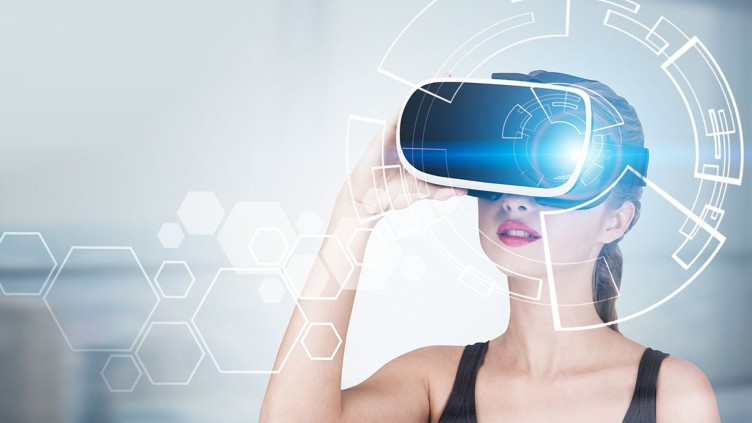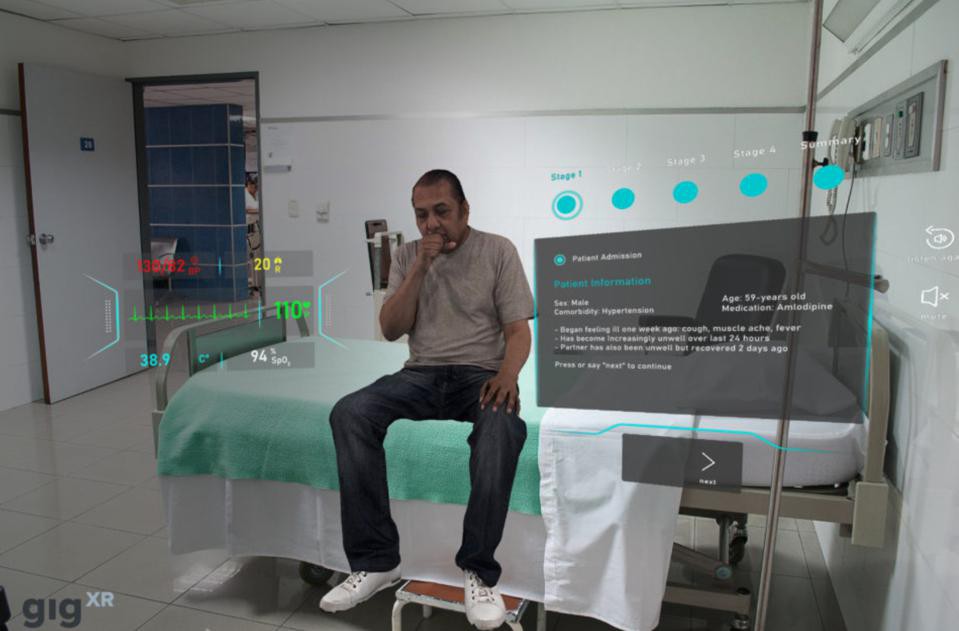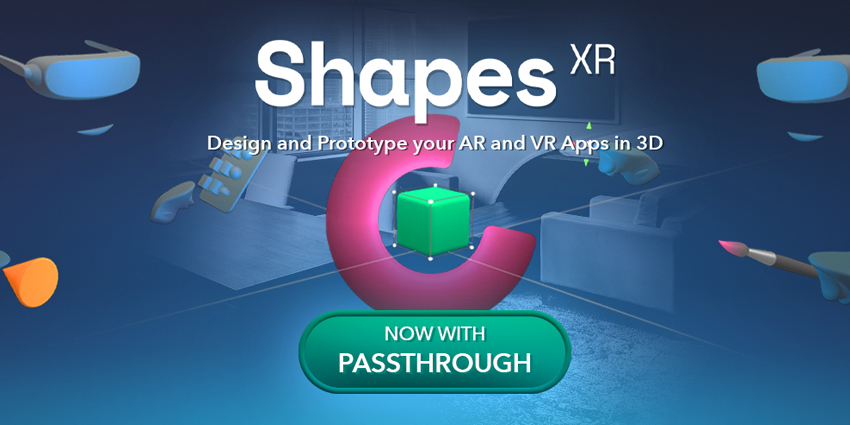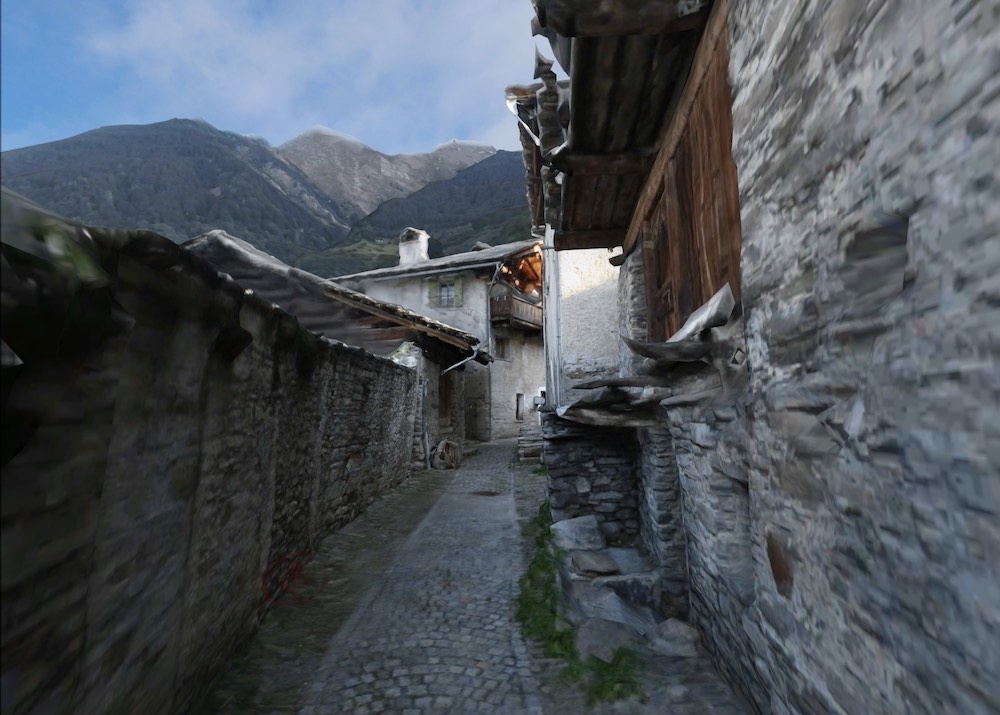Introduction: The development of virtual reality (VR) and augmented reality (AR) technology has led to a dramatic revolution in education in recent years. By giving students unmatched experiences and improving their comprehension of difficult subjects, these immersive technologies have expanded the boundaries of teaching and learning. Education is now more dynamic, interesting, and successful than ever before because to technologies like VR and AR that transport students to new settings and eras.
Virtual Reality’s Educational Potential: With the use of virtual reality technology, students may enter virtual worlds and feel present and immersed. Students can tour historical sites, delve into the ocean’s depths, or even journey to outer space by donning VR headsets. Their curiosity is piqued and teachings are brought to life in a manner that traditional teaching approaches just cannot.
For instance, when students tour ancient cities and see historical events take place in front of their eyes, history lectures become palpable and vivid. When students explore the complex molecular structures of molecules or go on a virtual field trip to examine ecological systems, science lessons become engaging excursions. Learning becomes a fun journey because to VR’s interactive simulations, practical experiments, and group problem-solving.
Augmented reality and its practical uses:On the other side, augmented reality improves the physical environment by superimposing digital data and virtual things. Students may access a multitude of new material and insights immediately in their immediate surroundings by using smartphones, tablets, or AR glasses. By converting still photos into interactive 3D models, animations,and videos, augmented reality (AR) brings textbooks to life. see a biology lesson where students may rotate organs, examine their functioning in real-time, and see the human anatomy in 3D. When used in geography education, augmented reality (AR) may show maps, flags, and geographic information into the classroom, allowing students to learn more about diverse societies and places. Additionally, AR encourages creativity by enabling students to create and manipulate virtual things, developing their spatial awareness and problem-solving abilities.
Benefits of VR and AR in Education and Their Future:There are several advantages to using VR and AR in teaching. These immersive technologies accommodate learners with visual, aural, and kinesthetic learning preferences. They encourage participation, critical thinking, and teamwork, which aid in greater understanding and memory of the material. Instead of being passive recipients, students take an active role in their education, developing a passion for learning and piqued interest.
The development of VR and AR technology offers hope for the future of education. The instructional potential of these technologies will increase as haptic feedback, gesture recognition, and artificial intelligence develop. VR and AR will be used more often in classrooms as costs fall down and accessibility rises, bridging the gap between theoretical ideas and practical implementations.
Conclusion: With immersive and transformational experiences for students, virtual reality and augmented reality have revolutionized education. By utilizing VR and AR, educators are overcoming limitations imposed by the past, encouraging curiosity, and empowering students to explore the world and beyond. By embracing these technological developments, we are laying the groundwork for a day when education transcends time and location, enabling students to learn, create, and succeed at a level that has never been possible.
Quelle:




